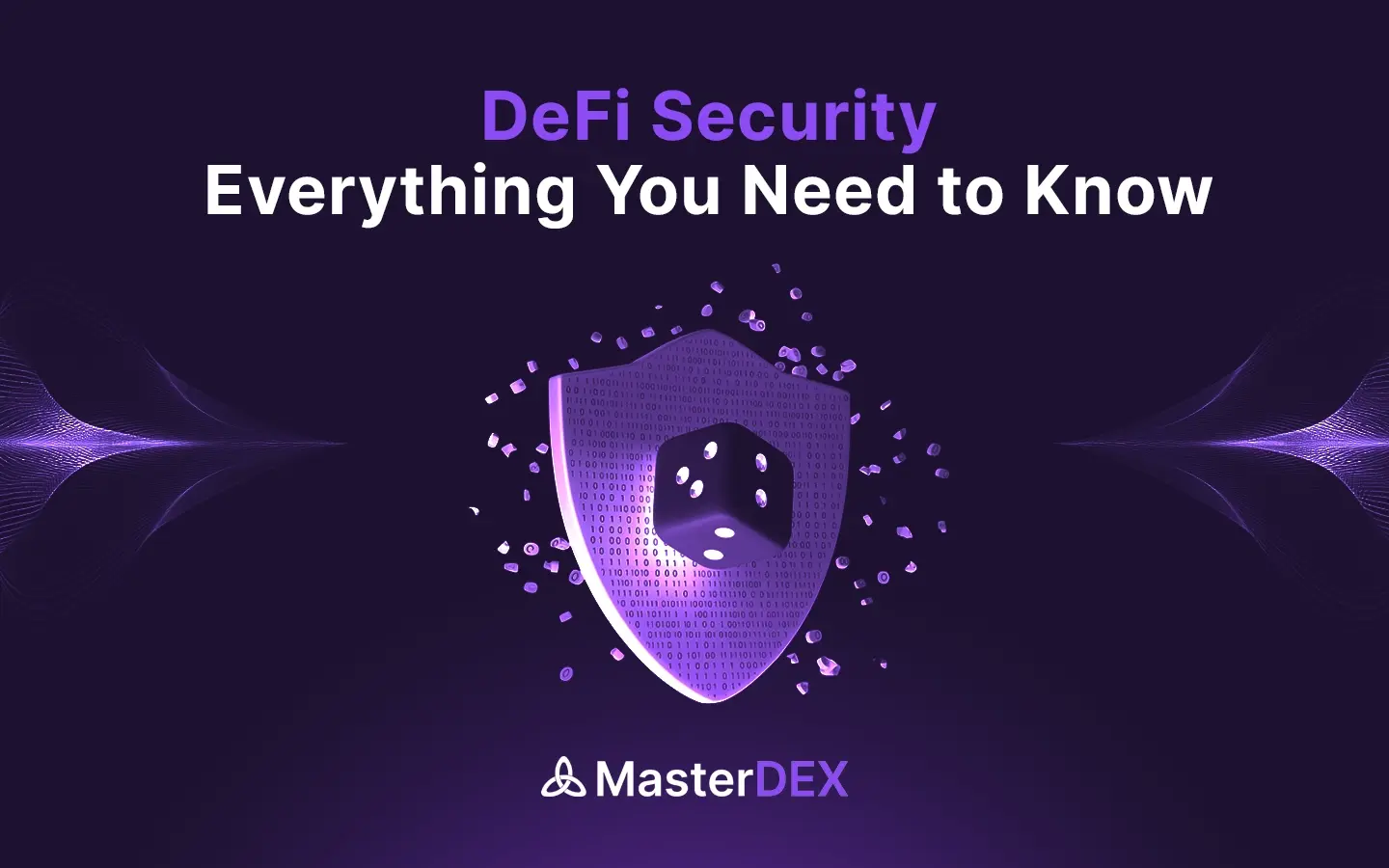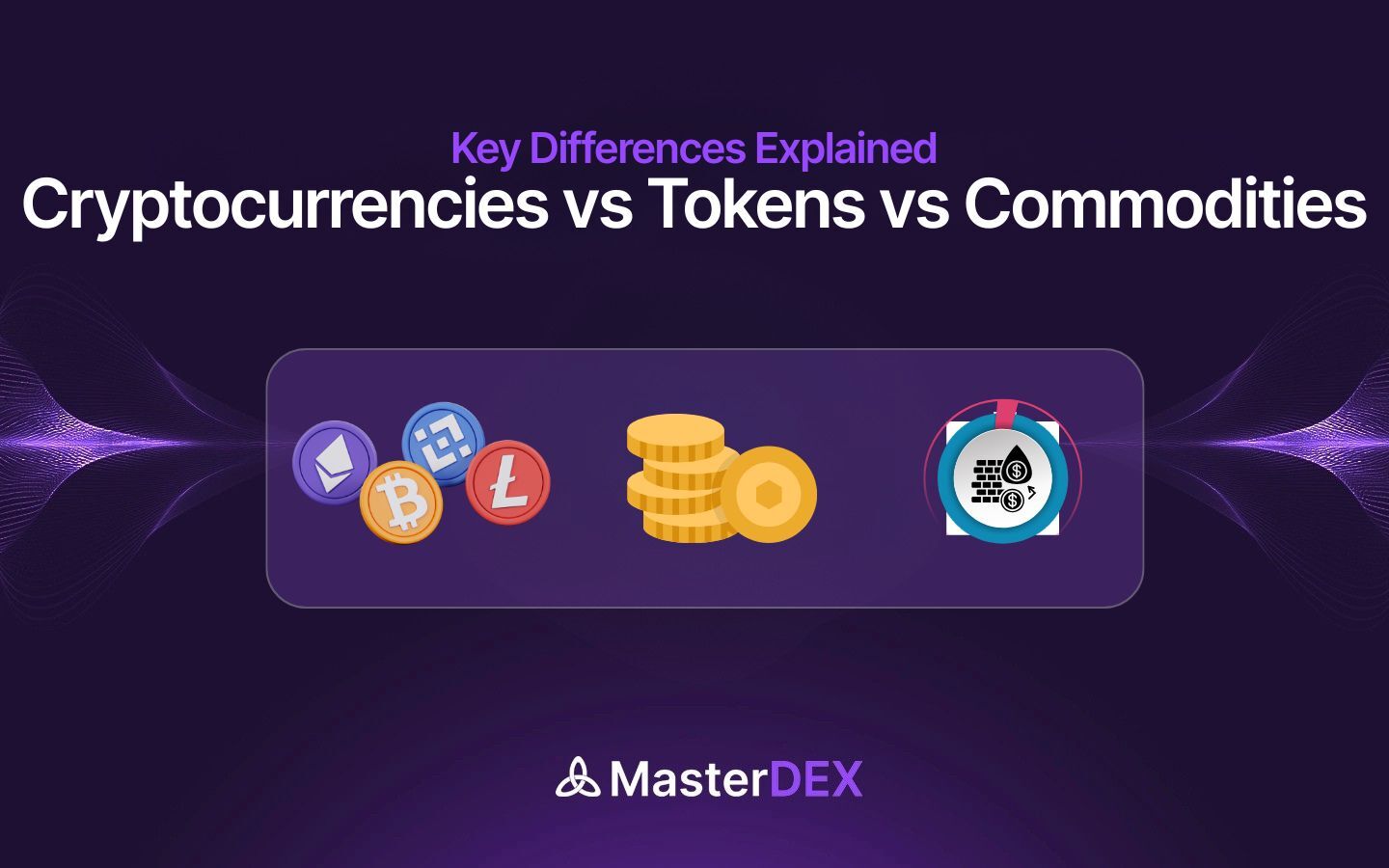Table of Contents:
ToggleIntroduction: DeFi’s Potential and Its Hidden Dangers
Decentralized Finance (DeFi) has become one of the most exciting innovations in the blockchain world. By removing intermediaries like banks and brokers, it gives users direct control over their money, whether they are lending, borrowing, trading, or earning yield. The promise of open access, transparency, and borderless transactions has drawn millions of users into the ecosystem.
Yet, beneath this promise lies a reality that cannot be ignored: DeFi is not without risks. Unlike traditional finance, there are no regulators or insurance schemes automatically protecting investors. Instead, the system relies on code, community trust, and personal responsibility. In the last few years, billions of dollars have been lost to hacks, rug pulls, and phishing schemes. These incidents highlight that while DeFi offers opportunity, it also demands awareness and caution.
Understanding DeFi safety is no longer optional; it is a requirement for anyone looking to participate responsibly. The good news is that the industry is maturing, and users now have better tools, practices, and frameworks to protect themselves. This article will explore the biggest risks in DeFi, the pillars of safety, and practical steps that every user should follow to navigate this space with confidence.
The Biggest Threats to DeFi Safety
For all its innovation, DeFi still faces vulnerabilities that every participant should understand. Most safety issues stem from either flaws in technology or exploitation of human behavior, and knowing these risks is the first step toward protection.
Smart Contract Vulnerabilities
One of the biggest threats to DeFi safety is smart contract vulnerabilities. Smart contracts power DeFi, but they are only as strong as the code behind them. A single bug or overlooked loophole can allow hackers to drain millions of dollars. Even audited projects have sometimes fallen victim to exploits.
Rug Pulls and Exit Scams
Not all threats are technical. Some developers create tokens or platforms with the sole intention of vanishing once they attract enough user funds. Known as rug pulls, these scams remain one of the most damaging risks in DeFi.
Phishing and Social Engineering
Another DeFi safety threat is phishing and social engineering. Many attacks target the user directly. Fake websites, malicious links, or convincing social media accounts trick people into revealing their private keys or connecting wallets to unsafe contracts. Once access is granted, funds are gone for good.
Liquidity and Market Risks
DeFi platforms rely on liquidity pools, but if liquidity dries up suddenly, users can face heavy slippage or lose the ability to withdraw funds. Volatile markets can amplify these risks, leading to sudden and unexpected losses.
Cross-Chain Exploits
As DeFi expands across multiple blockchains, bridges have become prime targets for attackers. Poorly secured bridges have been responsible for some of the largest hacks in crypto history, making cross-chain security a growing concern.
These risks do not mean DeFi is unsafe by design, but they do highlight the importance of choosing platforms wisely and practicing personal caution.
How Users Can Protect Themselves in DeFi?
In DeFi, safety isn’t just the responsibility of the platform. It is equally in the hands of the user. Unlike traditional finance, where banks or insurers absorb most of the risk, DeFi participants must take extra care to secure their assets. By following certain practices, you can minimize risks while still enjoying the benefits of decentralization.

Do Your Research (DYOR)
Before putting funds into any DeFi project, take the time to investigate. Look for audit reports, check if the team is transparent about who they are, and scan through governance forums or community discussions. Scam projects often leave small red flags, missing information, vague roadmaps, or anonymous developers who avoid accountability.
Verify Audits and Security History
When it comes to DeFi safety, a common mistake is assuming that every platform claiming to be “audited” is safe. Not all audits are equal. Always check if the audit was done by a reputable firm and whether the findings were publicly addressed. Platforms with multiple audits and bug bounty programs show greater dedication to user safety.
Use Hardware Wallets for Extra Protection
One of the simplest but most effective steps is using a hardware wallet. By keeping your private keys offline, you add a critical layer of protection against phishing, malware, or fake websites. Even if you interact with DeFi apps daily, your keys remain out of reach for hackers.
Diversify Your Assets
In order to ensure DeFi safety, it is never wise to place all funds into one protocol, no matter how safe it appears. Diversification across different platforms, tokens, and chains reduces the risk of losing everything in case of a hack or exploit. Think of it as spreading your bets to protect against the unknown.
Stay Alert to Scams and Phishing Attempts
Fraud in DeFi often targets human psychology. Be cautious of links on social media, offers that seem too good to be true, or unsolicited DMs promising high returns. Always double-check URLs, and never share seed phrases or private keys. Bookmarking official project pages is a small but effective safeguard.
Follow Official Updates Closely
DeFi moves fast, and platforms often release urgent security updates or warnings. Stay connected to a project’s official Twitter, Discord, or Telegram channels to avoid missing critical announcements. In many cases, users who acted quickly on warnings avoided major losses.
Think Beyond Yields
Chasing extremely high returns is one of the riskiest strategies in DeFi. Yields that look unrealistic often carry hidden dangers, such as unstable liquidity or unsustainable tokenomics. A more balanced approach, choosing platforms with a solid reputation, even if yields are moderate, tends to be safer in the long run.
MasterDEX: A Case Study in User-Centric Safety
All of these practices(mentioned above) are essential, but the safest experience comes from platforms designed with user protection in mind. MasterDEX exemplifies this approach. It combines multi-layer security protocols, AI-powered risk monitoring, and community-driven governance, giving users both control and confidence. Unlike many protocols that focus only on returns, MasterDEX integrates safety at every step — from smart contract design to regulatory alignment.
For users who want to enjoy the opportunities of DeFi without constantly worrying about hidden risks, MasterDEX offers a model of what the future of safe participation should look like.
Conclusion: The Road Ahead for DeFi Safety
DeFi offers freedom and opportunity, but it also carries real risks, from hacks to scams and liquidity issues. The path to safety lies in strong foundations such as smart contract audits, transparent governance, insurance mechanisms, and regulatory awareness. For users, practicing caution through research, hardware wallets, and diversification remains essential.
Platforms like MasterDEX show how the future of DeFi can balance innovation with security, using multi-layer protection and AI-driven monitoring to keep users safe. As safety becomes a priority across the industry, DeFi will grow not just in scale but in trust, making it stronger, smarter, and ready for mass adoption.



